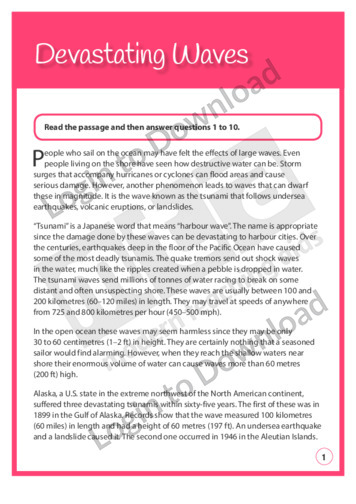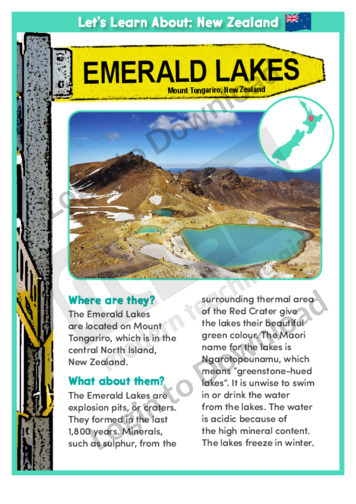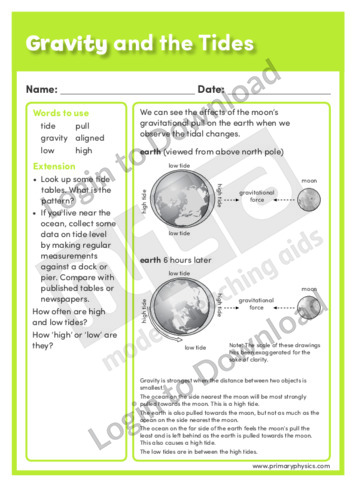This Poetry worksheet, ‘Acid Rain’, features a poem about air and water pollution. It encourages students to use a variety of strategies to interpret the poem and includes questions about drawing a conclusion, reasoning, detail, figurative language, validity, author’s purpose, vocabulary, and making a judgment. Answer sheet provided with file download.
This Readers Theatre activity, ‘All About Oceans’ encourages students to use prior knowledge and experience to comprehend and respond to new information found in text. It also builds reading fluency. This activity includes a script for 7 readers.
This graphic organiser, ‘Cycles Comic Strip’ helps students to record valuable information from their experiments or displays.
This Reading Comprehension worksheet, ‘Devastating Waves’, features an informational text about tsunamis and discusses three tsunamis that have devastated parts of Alaska. It encourages students to use a variety of strategies to interpret the text and includes questions about drawing a conclusion, vocabulary, cause and effect, detail, comparison/contrast, emotional reaction, and reasoning. The task also …More
This kids news activity, ‘Director James Cameron Goes To Earth’s Deepest Point’ is about Cameron’s solo dive, in a submarine, to the bottom of the Mariana Trench in the Pacific Ocean.
This reading comprehension activity, ‘Earth’s Water’ asks students to answer questions about the water on and in Earth. It is aimed at increasing students’ awareness of semantics and encourages students to recall information, draw conclusions, form opinions and think about word meanings.
This geography article, ‘Emerald Lakes’ features the three famous green lakes located on Mount Tongariro in New Zealand’s North Island. It provides factual background information and is aimed at broadening students’ cultural, geographical and historical awareness in an engaging manner.
How big is an iceberg? The learning activity, ‘Floating Ideas’ helps students understand that most of an iceberg is under the water. Students use estimates to work out the amount of ice is below the surface in a series of examples, and explain why a ruler is or is not the best way to measure …More
This hands-on activity, ‘Gravity and the Tides’ asks students to investigate the effects of the moon’s gravitational pull on the earth when we observe tidal changes.
What happens when cold water mixes with hot water? In the learning activity, ‘Hot or Cold’ students use a girl’s experiments to learn about the relationships between water temperatures and quantities. The accompanying teaching notes provide background information about the way different ocean temperatures cause currents to form and affect the Earth’s weather.
This history article, ‘John Tyndall’ features the Irish physicist who explained why the sky is blue, the greenhouse effect, invented the fire-fighter’s respirator and proved light could be bent, which paved the way for fibre optics. It provides factual information about the life of John Tyndall and his achievements, along with a glossary of unfamiliar …More
This geography article, ‘Pohutu Geyser’ features the famous geyser in Rotorua, New Zealand. It provides factual background information and is aimed at broadening students’ cultural, geographical and historical awareness in an engaging manner.
This kids news activity, ‘Scientists Criticise Iron-Dumping Experiment’ is about a company that dumped iron dust into the Pacific Ocean in an attempt to re-populate fishing grounds.
This Editing Task worksheet, ‘The Pacific Ocean’, features the rough draft of an informational text about the world’s largest ocean that discusses its size, depth, currents, and sunken ships. The worksheet encourages students to identify spelling, punctuation, capitalisation, and usage errors in the text and then to write out a correct version. The purpose of …More
This graphic organiser, ‘The Water Cycle’ helps students to record information about the water cycle based on terrariums in the classroom.
This reading comprehension activity, ‘Water Cycle’ asks students to answer questions about the water cycle. It is aimed at increasing students’ awareness of semantics and encourages students to recall information and think about word meanings and author purpose.
This Earth Science worksheet, ‘Water Words’ asks students think about the sounds water makes and to write a poem to reflect this. It supports an understanding of water and atmosphere.
This article, ‘All About Space: Why Is the Sky Blue?’, explains why the sky is blue. It provides factual information and includes a colourful and engaging photograph.
It�s that easy!


















